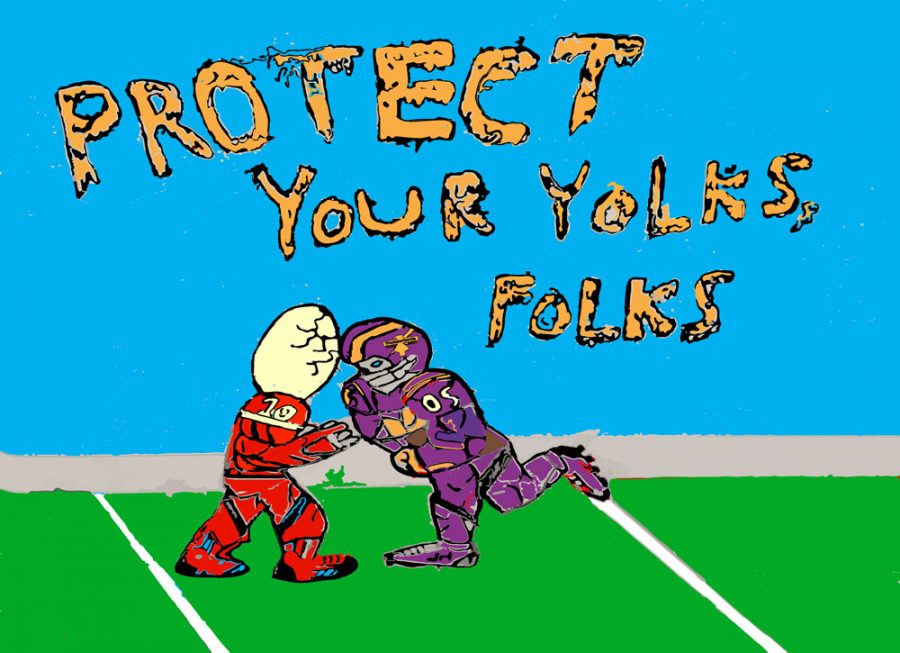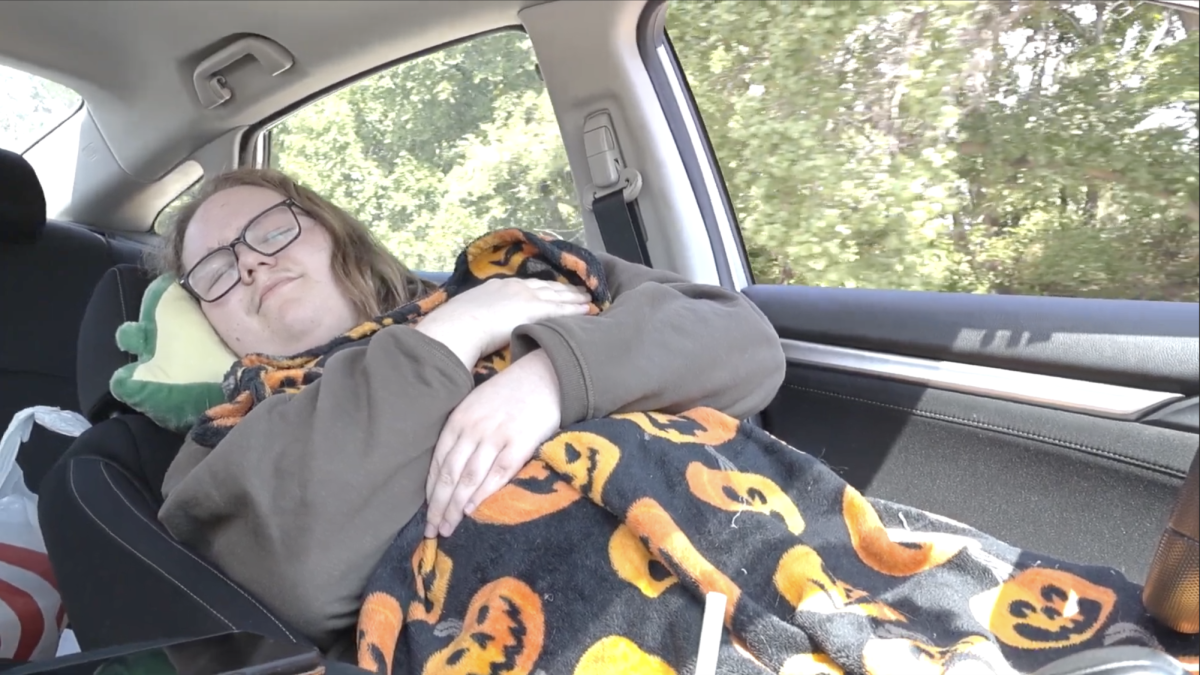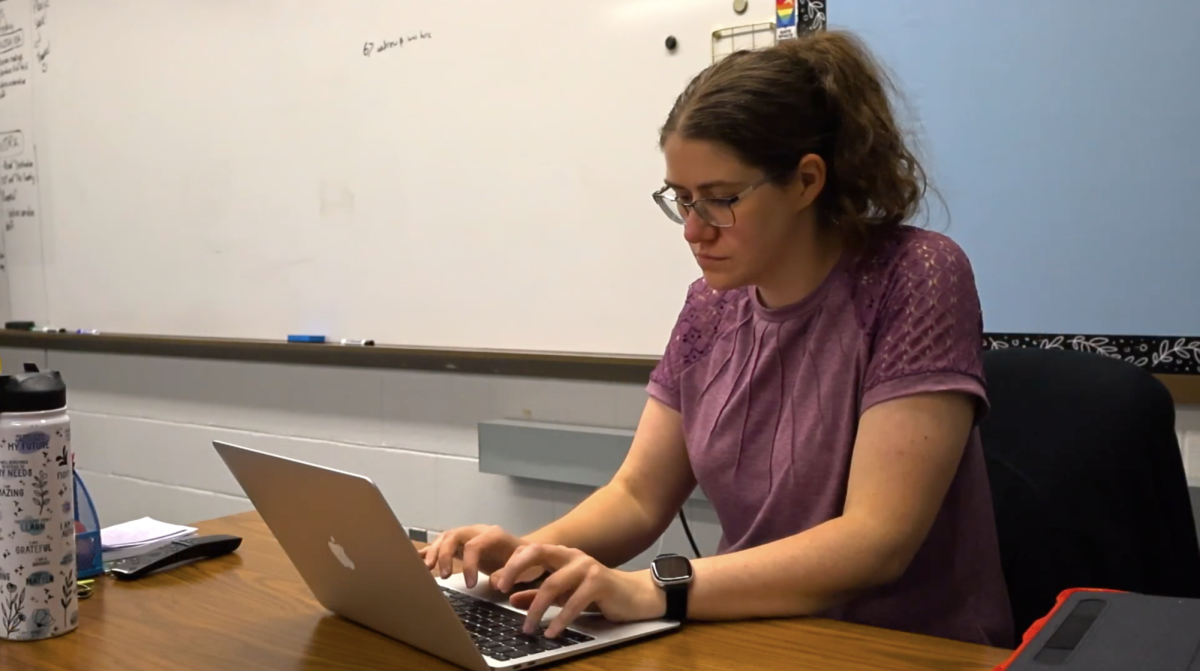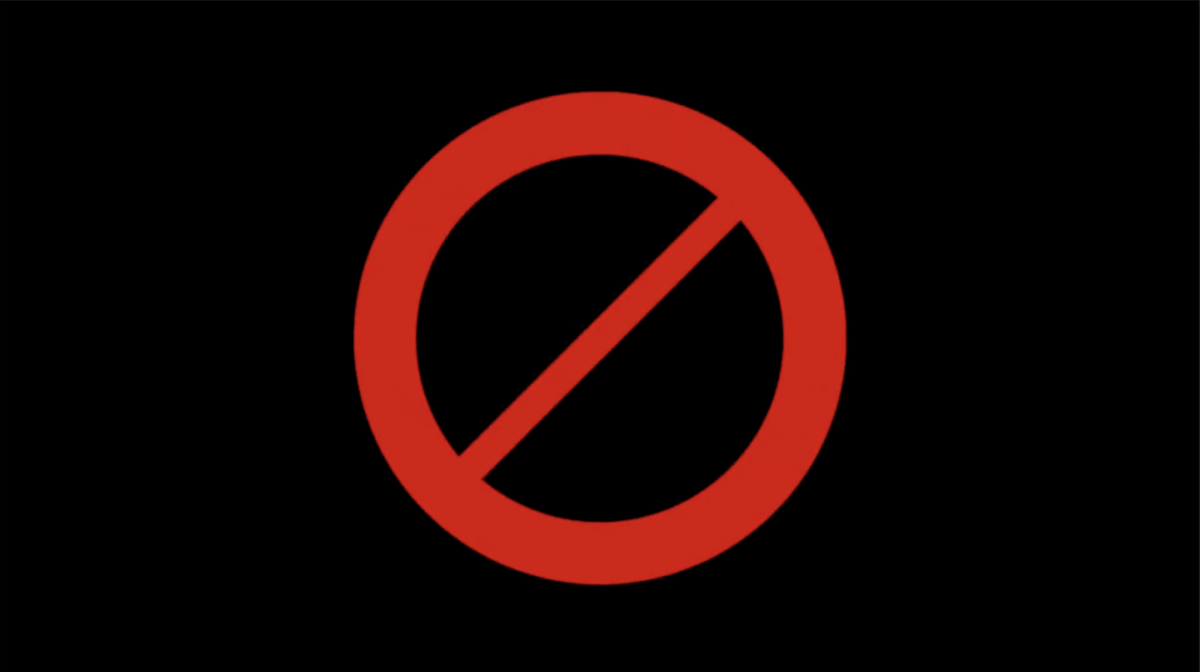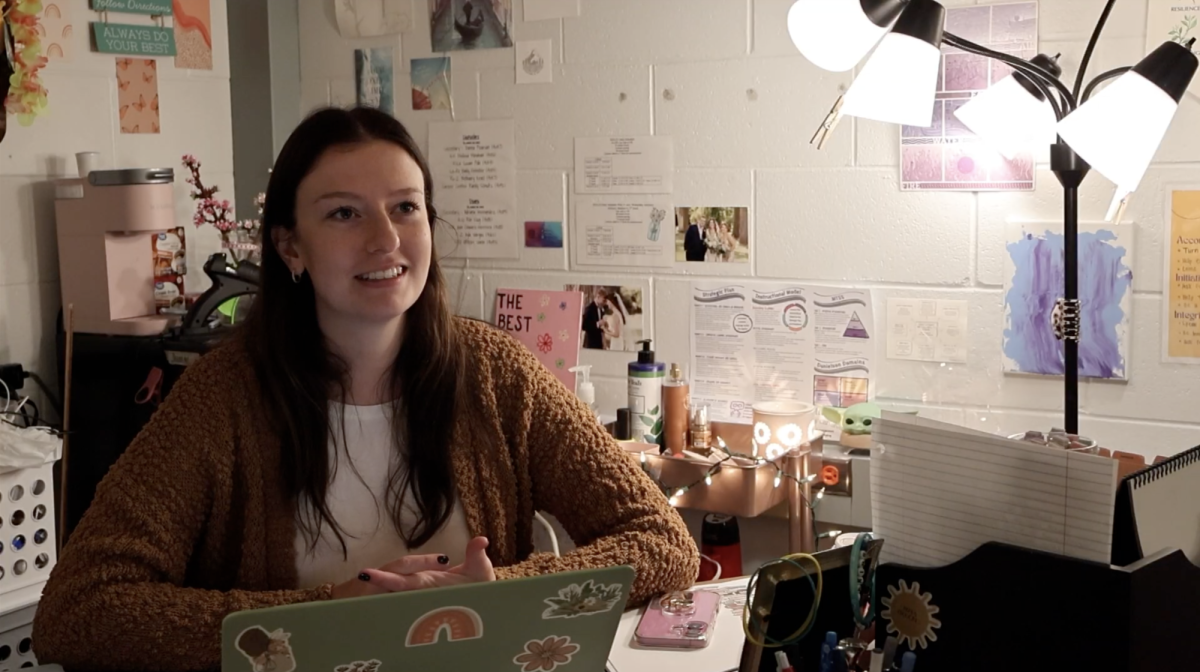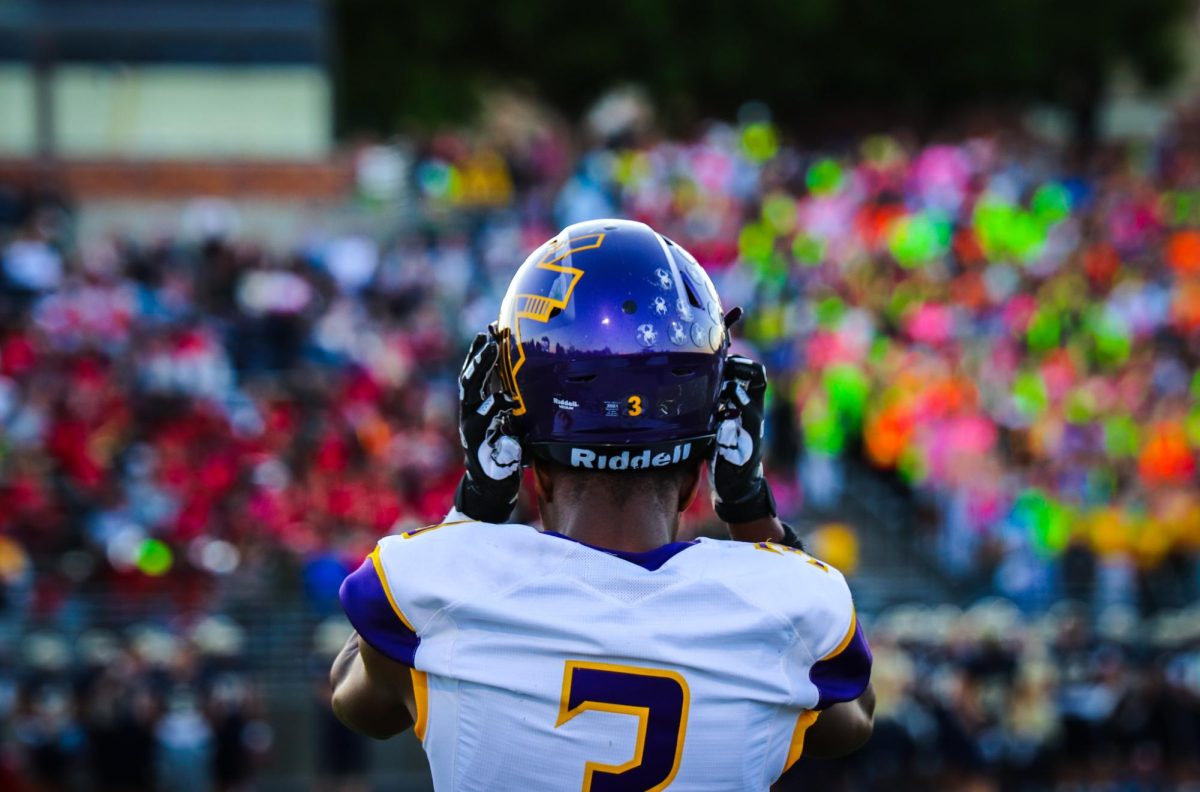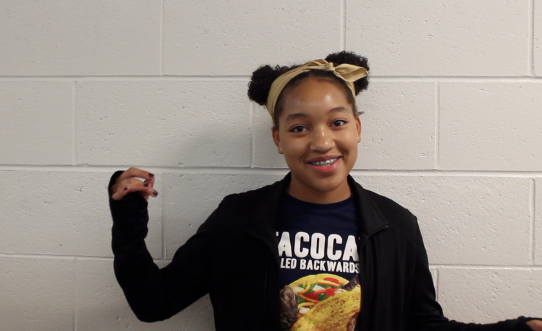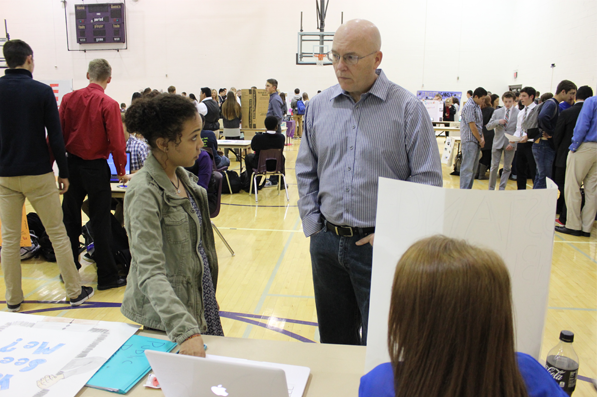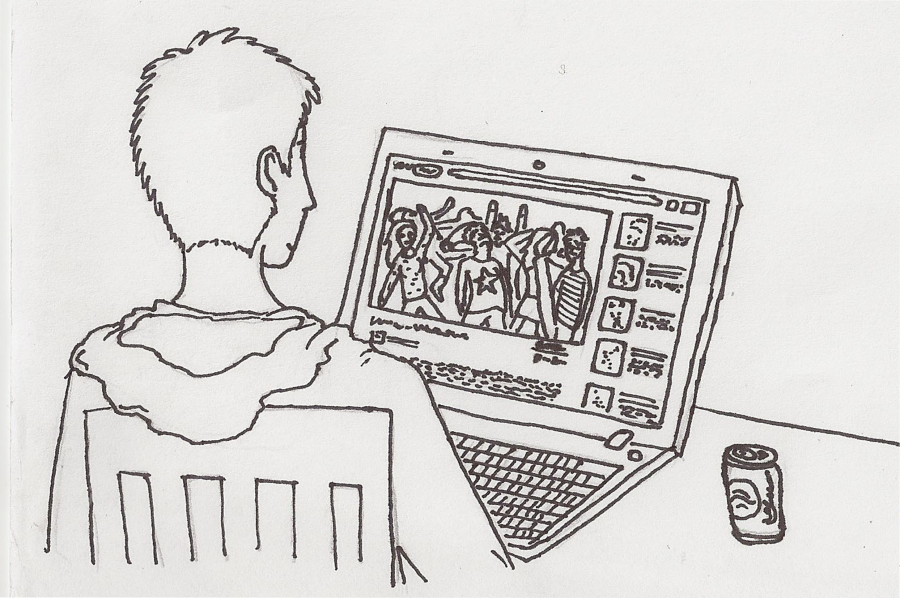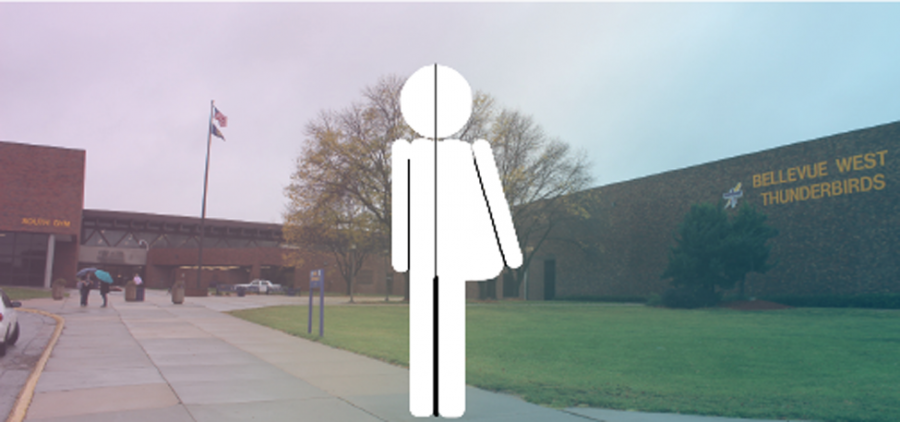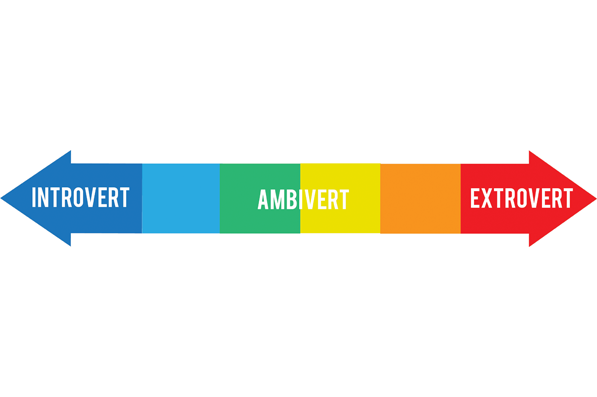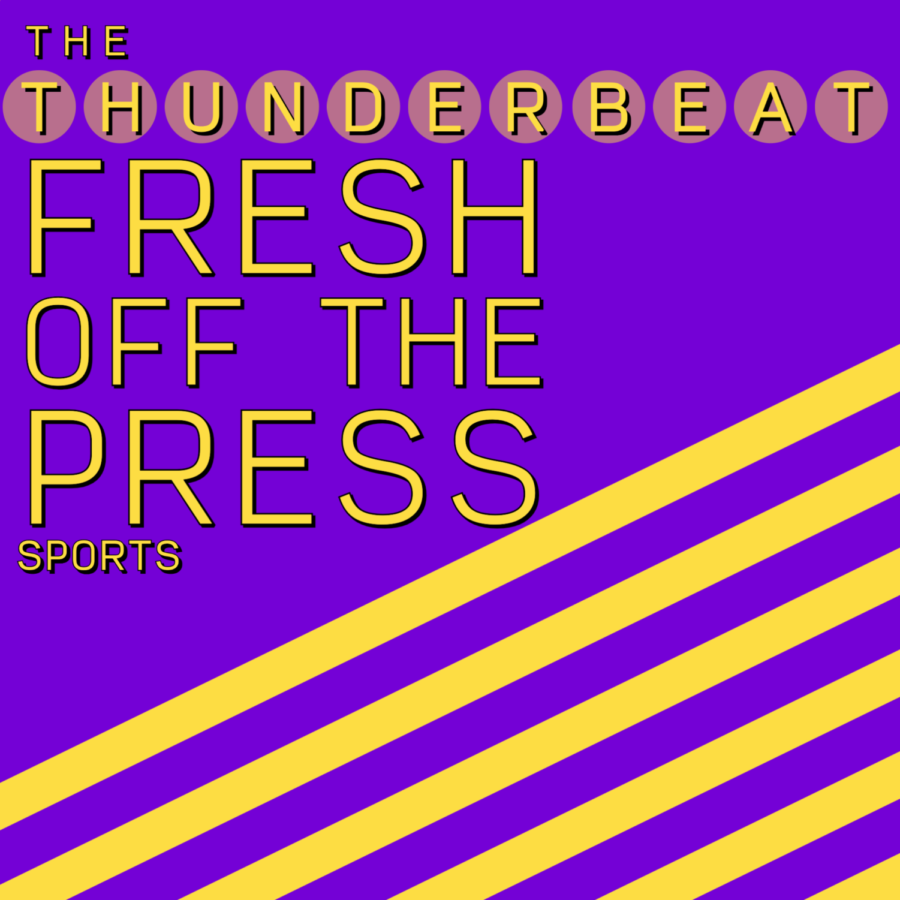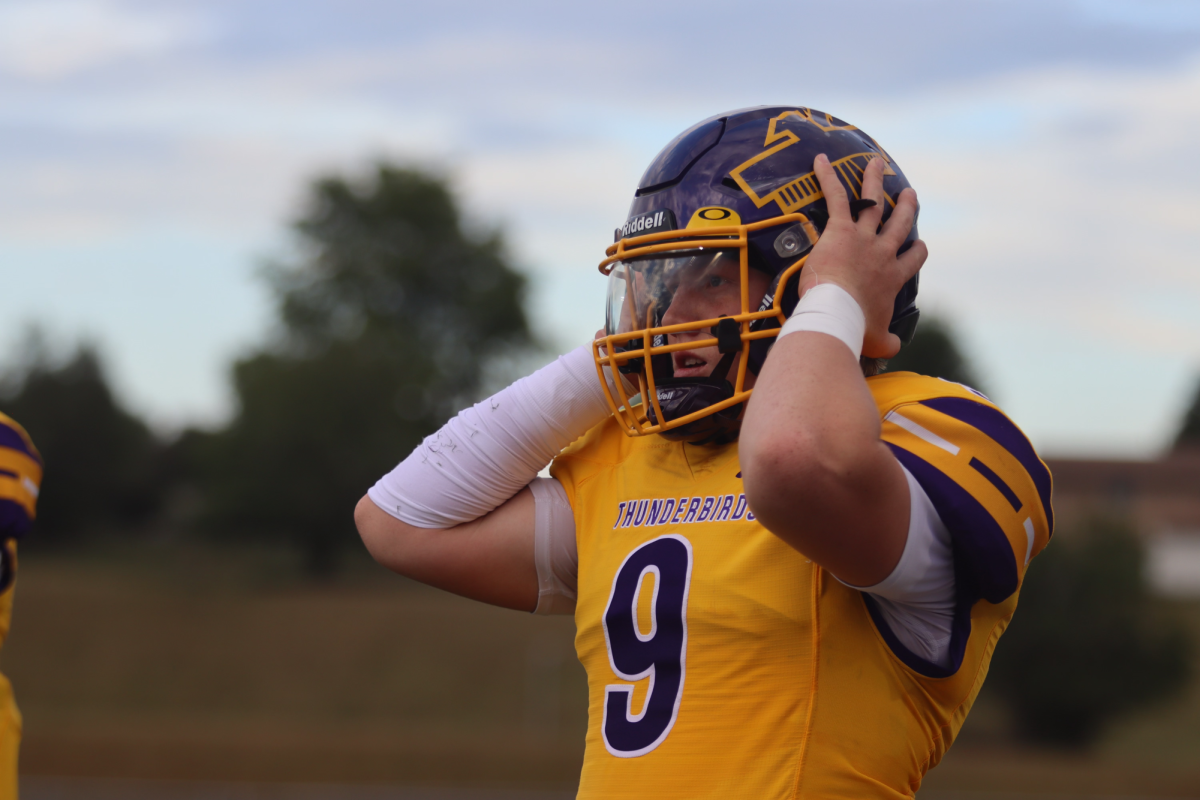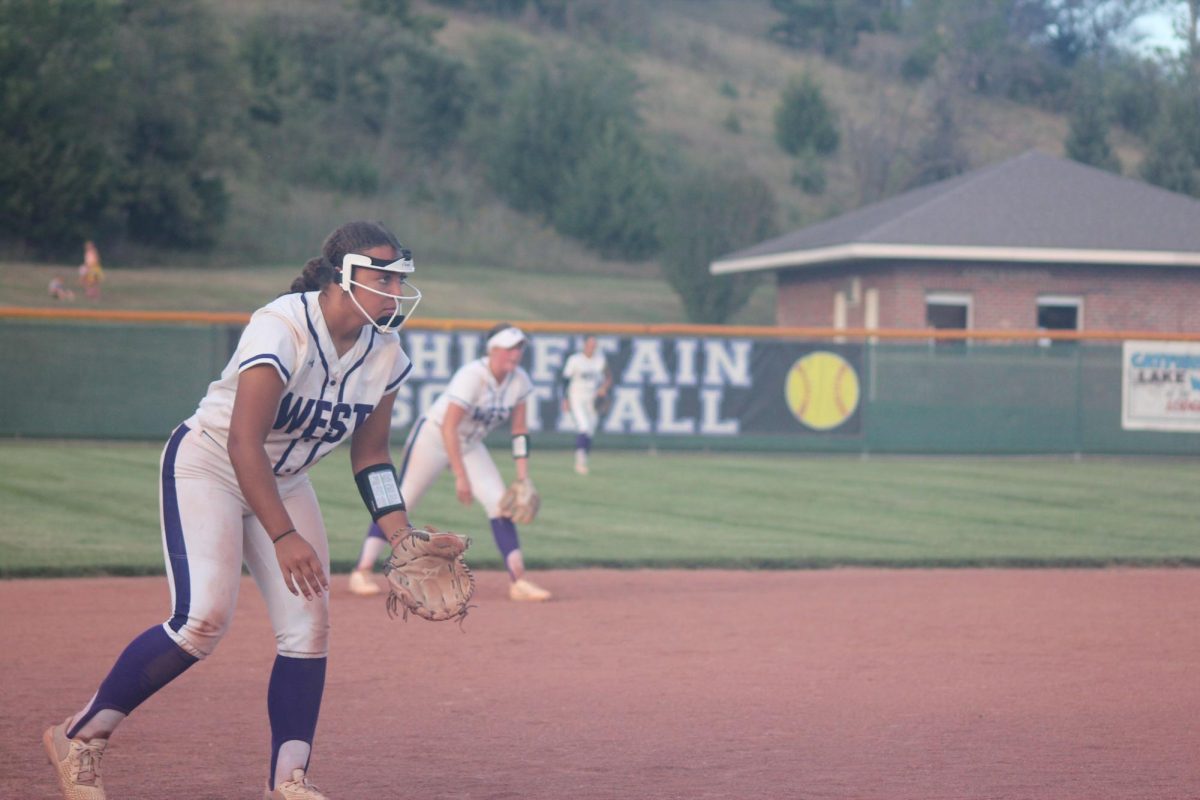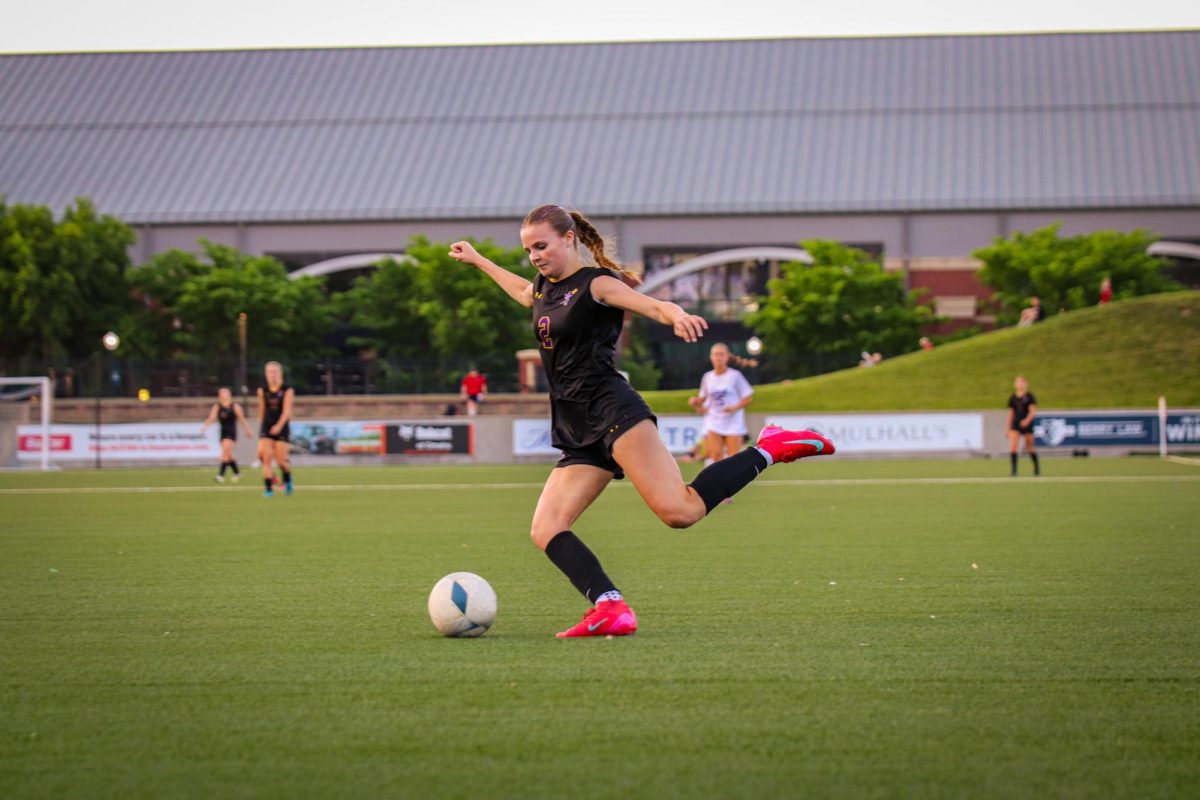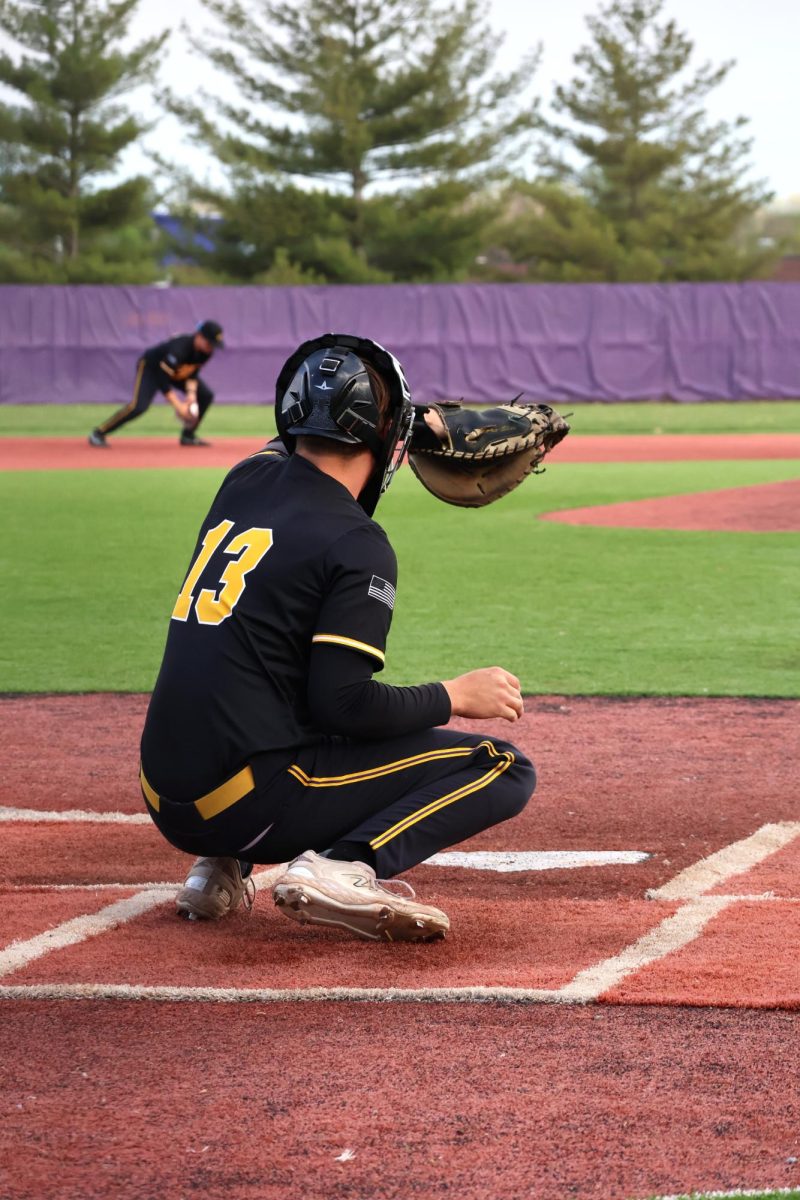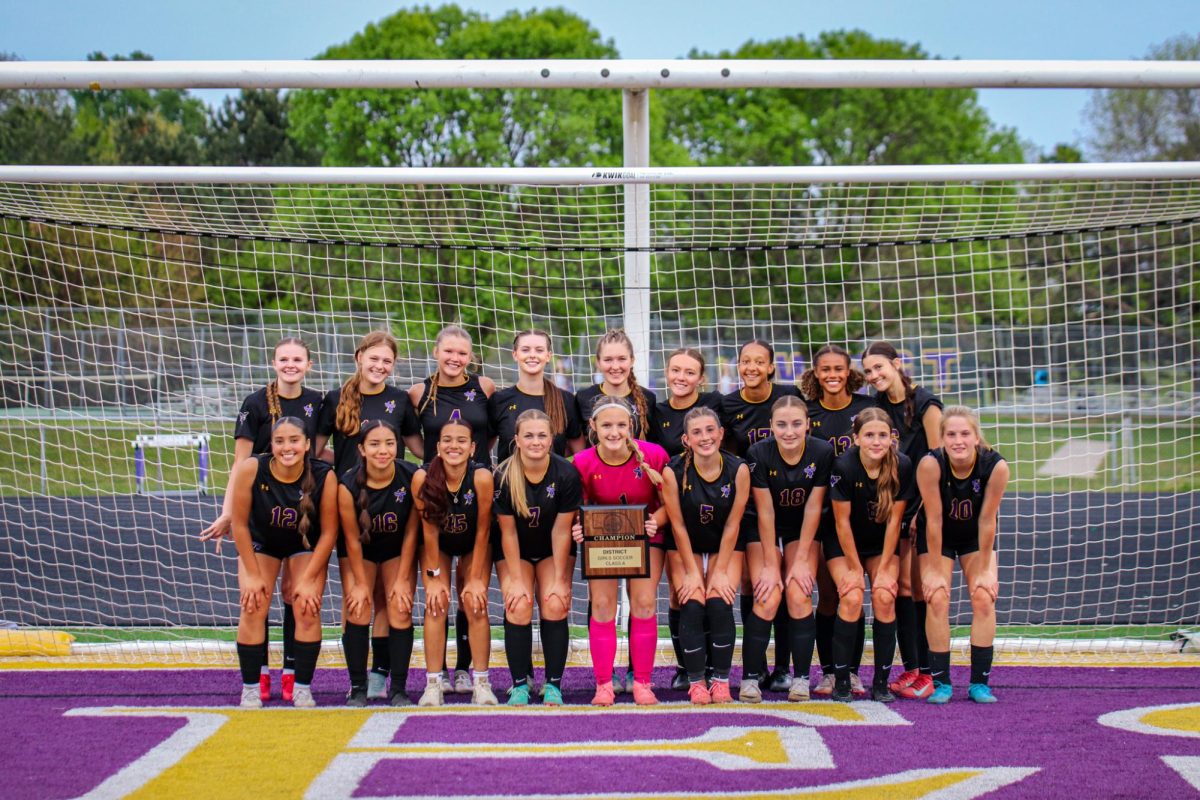
High school is the pinnacle of childhood athletics; four years of Friday night football games and freezing soccer practices smashed into what seems like an instant. For athletes, their lives revolve around practices, tournaments, games and more practices. What we fail to realize is that our lives are being jeopardized everytime we walk on the field. Concussions are at an all time high for student athletes, and the consequences of these multiple brain traumas are unappealing to say the least.
It starts with one hit; one accident, one foul, that alters the way the brain receives and relays information. With the severity of concussions ranging from slight headaches to not being able to eat on your own, there is no way of predicting what constitutes as a “safe” amount. The truth is that no amount is safe. A small brain trauma and a large brain trauma is still a trauma nonetheless.
At a two day volleyball tournament in September 2013, I dove for a ball and the back of my head hit my teammate’s knee, which then led to my face being slammed into the floor. Up to that point I had taken several hard hits to the head (one of which included a skiing accident and an awfully placed tree) but none had been a diagnosed concussion.
The aftermath of that September concussion was tremendous. I was benched with an injury for both soccer and volleyball for over three weeks, and with a consecutive four-month-long migraine it was obvious I needed that rest. But the problem with head trauma is that after one concussion, the chance that an athlete will suffer from another one is increased exponentially.
A universal system has been set in place for high schools across America: the ImPACT Test, a series of activities and tests that provides results and percentages of brain efficiency. Bellevue West utilizes the ImPACT Test and makes athletes retake the ImPACT Test before the new season and following any head trauma.
If an athlete has not passed the ImPACT Test or scored remotely close to their baseline, then they have to continue to stay out of any practice or games until they can get their scores back up. After their scores are somewhat close to normal then the athletes can start progression which is a five day process that eases students back into full blown practice.
The time out of physical activity is different for every athlete. It could be a week or it could be an entire season. Adding on to the physical disabilities that come along with concussions the risk of ruining your learning process is high. Doing well in school during and after a concussion is incredibly difficult. Many student athletes have struggled through the rest of high school or college.
The major side effects of concussions can be detrimental to a student’s academic performance. With memory loss and a difficulty concentrating, concussions can ruin chances for future plans. Dr. Kody Moffatt is the head of the Pediatric Sports Medicine Center at Children’s Hospital in Omaha. Moffatt also disputed the rumor that there is a certain amount of “safe” concussions.
“[Symptoms are] initially balance and memory difficulty, which places students at risk for poor academic performance due to difficulty forming new memories (learning), [and] over the long term, continued academic issues or emotional issues such as depression,” Moffatt said via email.
Any athlete at any age can suffer from a concussion; although the risk increases tremendously after each concussion.
“An individual has a threefold increased risk to suffer a second concussion after one. There is an eight fold increase risk after two,” Moffatt said.
Teenagers and children are at a much higher risk of permanent brain damage due to their developing brains.
Any athlete–or individual–can suffer a concussion, but the effects on developing brains in children and teenagers can be more pronounced.
At Bellevue West we are fortunate to have the athletic trainers and the opportunities that we have for our student athletes. Some schools across the country cannot afford athletic trainers and the athletes suffer multiple concussions because of the lack of medical care.
“High school athletes also lack the standard of care that is afforded to college and pro players, who have teams of neurologists and other medical experts managing their injuries. Many high schools cannot afford athletic trainers or proper equipment,” ESPN reporter Tom Farrey wrote.
The ESPN article titled, “Preps at greater concussion risk” discussed the increasing amount of concussions that are happening at the high school level. Studies reveal that 10 to 20 percent of athletes are suffering from concussion symptoms on a more long term scale.
At the beginning of April, I was taken out of both sports because of “concussion-like symptoms.” Twelve days later I finally eased back into physical activity.
The problem with student athletes is that they lie about their symptoms, like I stupidly chose to do, and then they are not allowed to play because of the remnants of a prior concussion. Unfortunately there is no way to tell the difference.
The on-going publicized debate over whether the NFL (National Football League) players that receive concussions are also suffering from long term brain damage has sparked controversy on the “safe” amount of concussions.
Back in August before the NFL season commenced, there was a lawsuit involving 4,500 retired NFL players that were suing for compensation of the injuries they suffered because of the head trauma during their many seasons. The players were experiencing dementia, Alzheimer’s, and depression. Reaching a 765 million dollar settlement that will be distributed to 18,000 former players, the NFL continued to back up its ability to protect its athletes.
The Sports Concussion Institute in Los Angeles stated that professional football players receive 900 to 1,500 hits to the head every season. The total hits during a lifetime is tremendous.
Granted NFL players take more hits than your average high school player will take, the injuries resulting aren’t discriminating. All it could take is one hit, and the rest of your sports career is shattered into oblivion. Having the student athletes actually report the concussion symptoms is another battle, but the technology and ability to diagnose and prevent concussions is getting better by the day, yet we still have deaths regarding hits on the field happen every year.
The Nebraska State Activities Association website has numerous links about concussions and the treatment of these brain injuries. Prevention and awareness has become a key issue with Nebraska sports. Not only are athletes suffering from concussions; during the period of recovery they are getting what is called “second impact syndrome.”
“Concussion has been reported to account for approximately 4-5% of all injuries in high school sports. Football is the most common sport for concussion. Although most concussions are short lived, experience has shown that if a second injury occurs during the recovery phase of the initial injury, a phenomenon known as the “second-impact syndrome” can occur,” the document states.
Another element that is being enforced is the phrase “When in doubt, sit them out.” If an athlete shows any sign of a concussion or complains of any concussion symptoms then they must be taken out of physical activity.
The NSAA is also adding a six step process to ensure the safety of athletes who suffer from concussions; a slow and physically demanding process that leads up to full practices.
While Bellevue West is fortunate to have a well trained team of sport trainers, there is still a growing number of athletes who will have life-changing consequences regarding their head trauma. On top of the short term consequences, the NFL case reinforces the long term disabilities.
On April 18, I finished the NSAA’s one and only six step “progression;” the endless amount of running and cardio was only salt in the wound of me not being able to participate in volleyball and soccer.
My most recent concussion was the turning point in my athletic career; one more head injury and I would have to seriously consider ending both sports. The consequences are evident: constant migraines, sensitivity to light and noise, and a very hated inability to remember anything. And to support all the statistics, staying ahead in school is more difficult than ever.
While I gave up soccer, I still choose to play volleyball and train for beach volleyball everyday. The situation changed my outlook on head trauma and how detrimental one hit can be to the rest of your life.
But sacrifices have to be made for the things you love, and if I can give up soccer and still play volleyball then the consequences have been worth it in every aspect.
Rebekah Hayes Reporter

